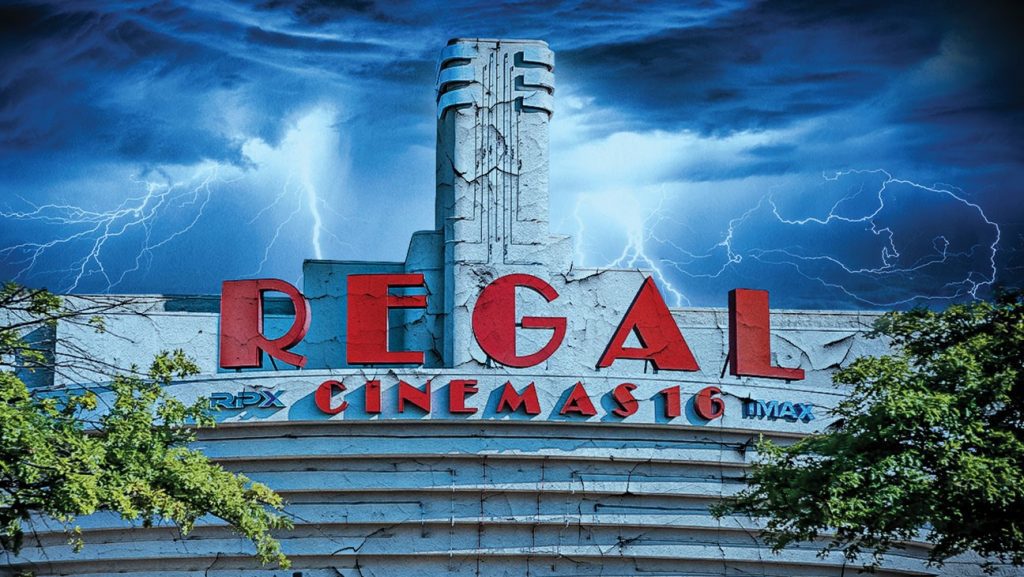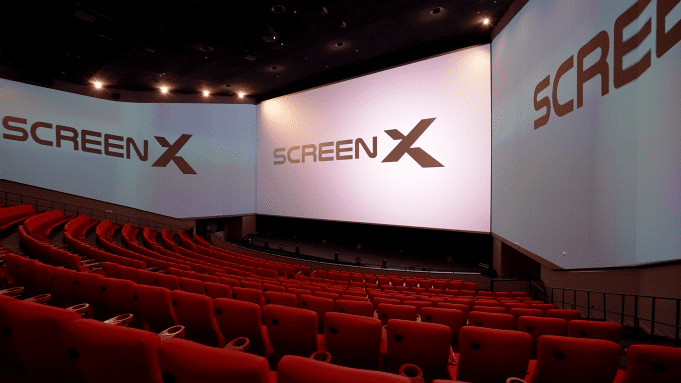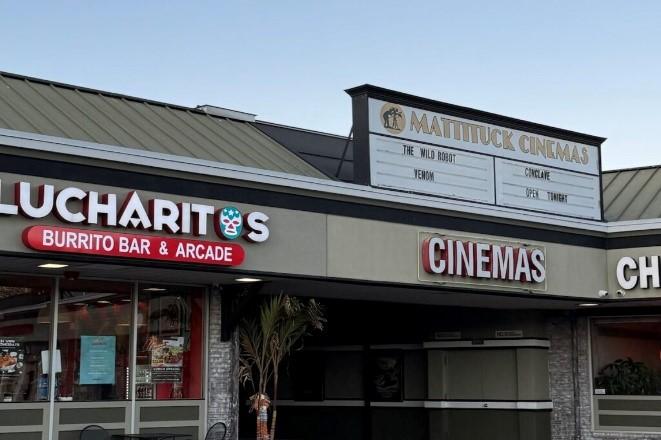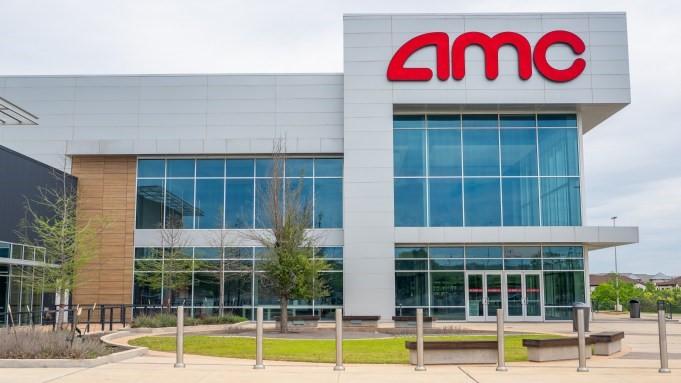Many are conflating the current troubles at Cineworld with a general crisis impacting all exhibitors. However, many factors that are squeezing Cineworld are unique to its circumstances, and are less relevant to other exhibitors.
On the one hand, theatres are struggling with a downturn in revenues as a result of a drought in major Hollywood releases which began in the late-summer period. On the other hand, help is on the way with a regular flow of big-budget commercial titles arriving in October, and continuing through the Holiday Season and the first half of 2023.
UK-based Cineworld is overburdened with mountains of debt, after going on an acquisition spree during the years just prior to the pandemic. This bad timing left the company in a vulnerable state, which it is now “correcting” through its current bankruptcy process.
In contrast, other major exhibitors are reporting sunnier financials, including circuits such as AMC, Cinemark and Marcus. Many are investing in new technologies and amenities at their theatres, in order to increase their appeal to customers. In fact, many locations which Regal is exiting as part of its current restructuring are being evaluated as expansion opportunities by competing exhibitors.
Cineworld’s aggressive spending left it at the gates of bankruptcy, not a fatal flaw in the business model for motion picture exhibition. “Cinema operators are distributors with weak profit margins and high fixed costs,” says Moody’s analyst Fiona Knox. “Typically, businesses with such characteristics are not able to sustain high debt levels.”












